Effective Communication in Health and Social Care: Key Elements Report
VerifiedAdded on 2023/06/08
|12
|638
|176
Report
AI Summary
This report provides a comprehensive overview of effective communication in health and social care. It begins by defining communication and its essential elements, including the sender, message, channel, receiver, response, and feedback. The report explores the Seven C's of communication (completeness, conciseness, consideration, clarity, concreteness, courtesy, and correctness) and discusses various communication theories, such as humanistic, behavioral, cognitive, psychoanalytical, and social theories. It then delves into different types of communication, including verbal, non-verbal, written, listening, and visual communication, highlighting their key features. The report emphasizes the importance of effective communication in health and social care, especially in building relationships with patients. It identifies common barriers to communication, such as physical, perceptual, emotional, cultural, and language barriers, and proposes ways to overcome these obstacles, including clarifying concepts, choosing the right time, using simple language, ensuring understanding, and being mindful of body language. The report concludes by summarizing the key takeaways and reiterating the significance of effective communication in creating a shared understanding within health and social care settings, supported by relevant references.
1 out of 12
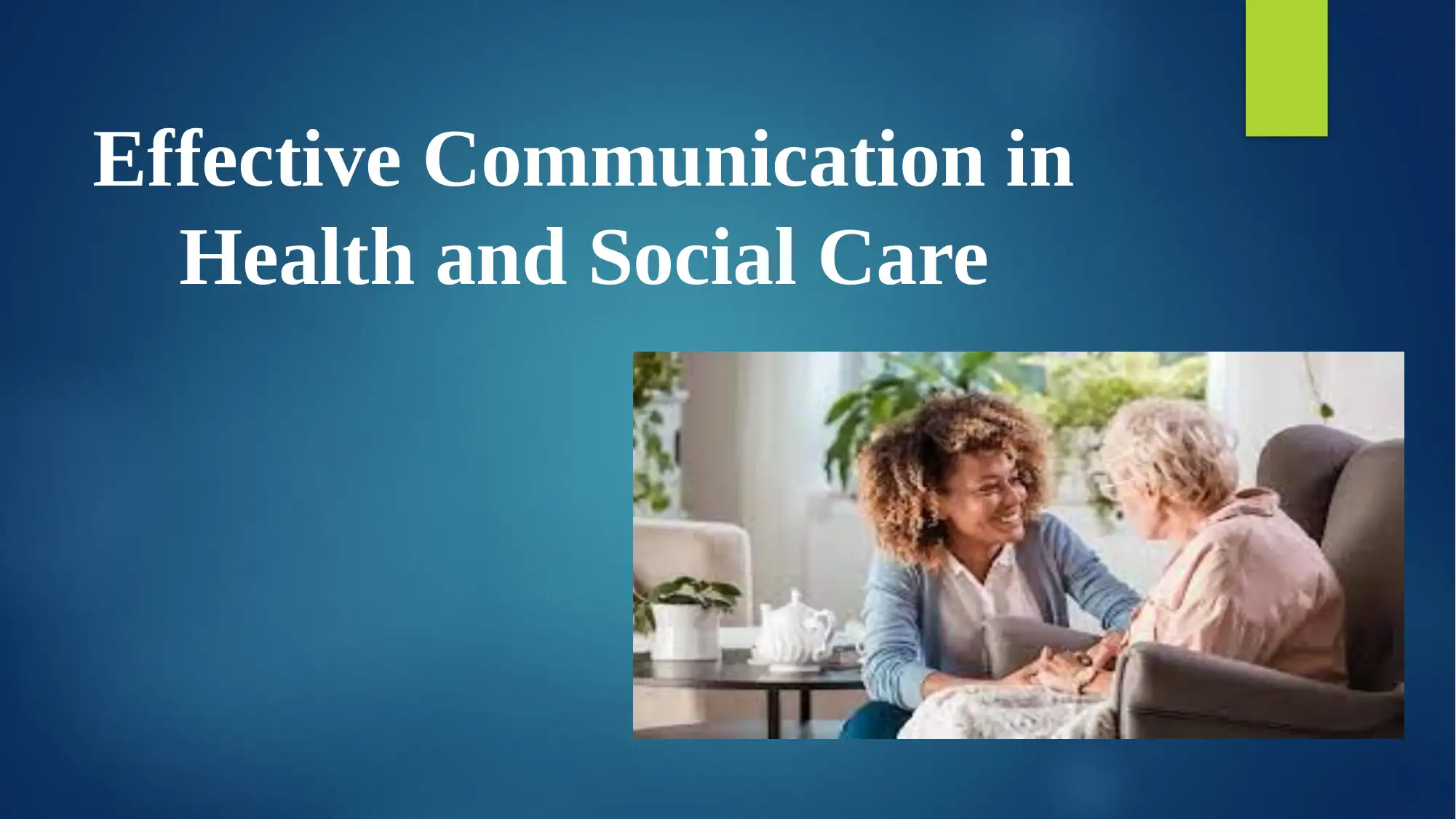
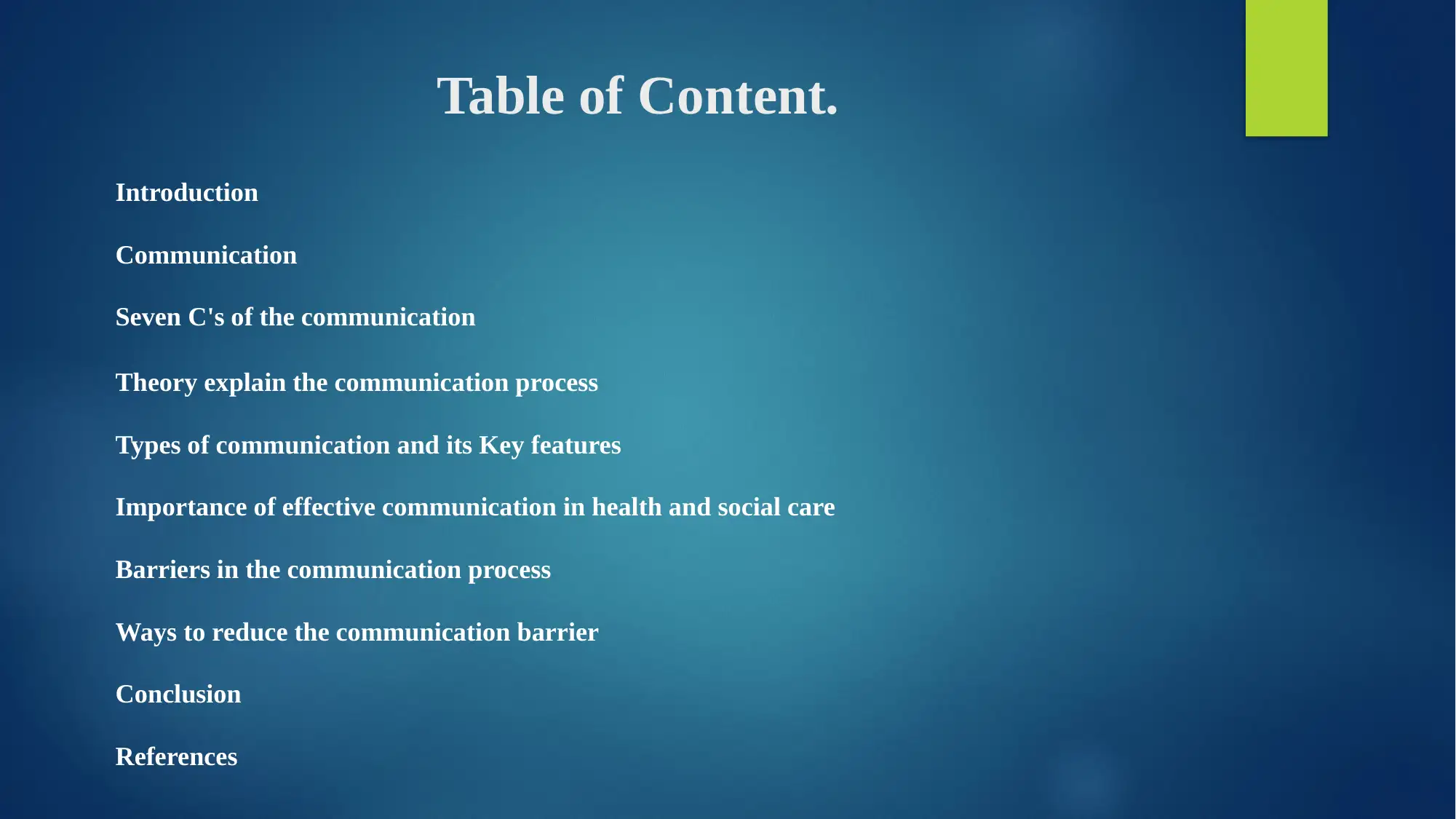
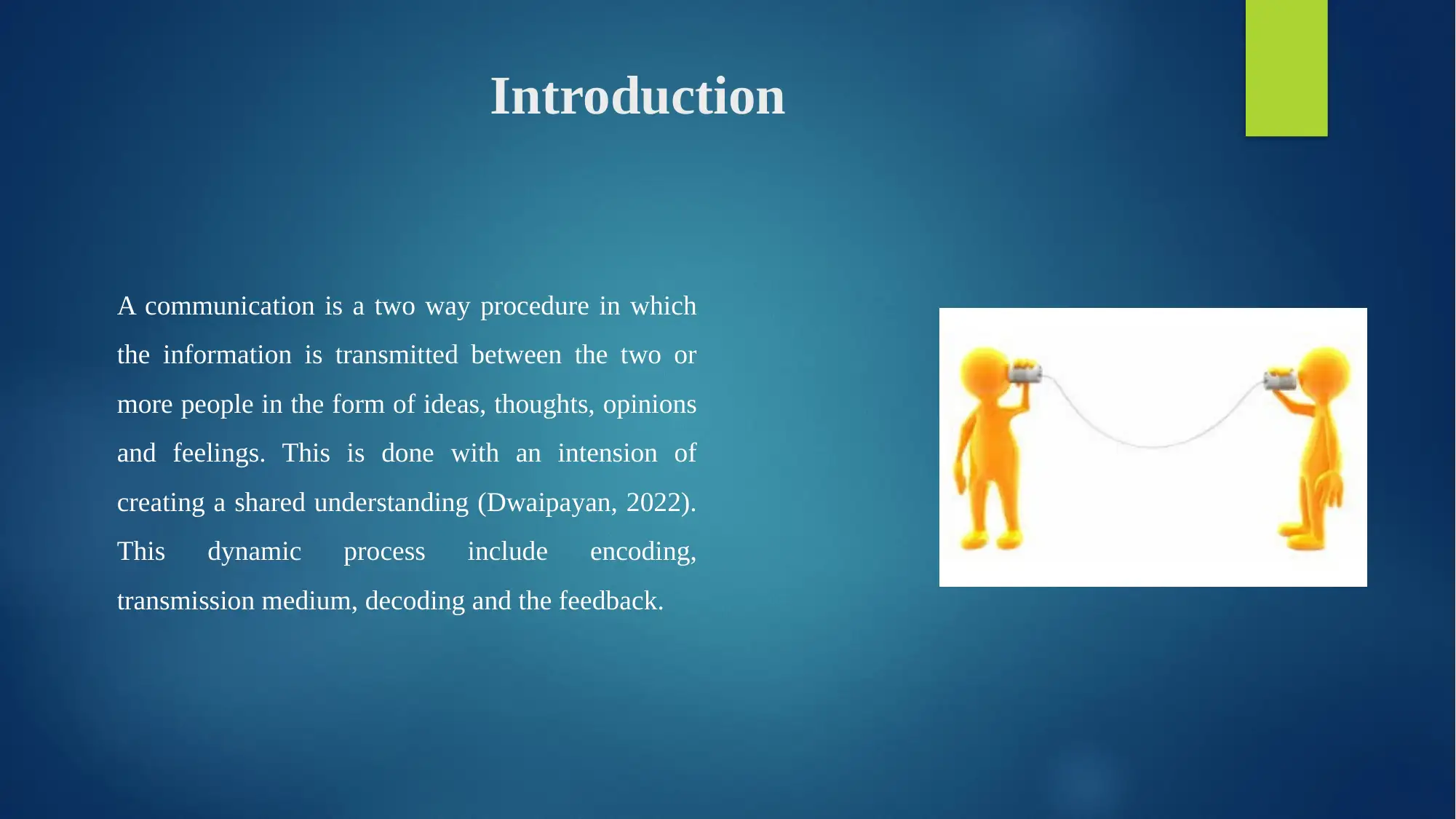

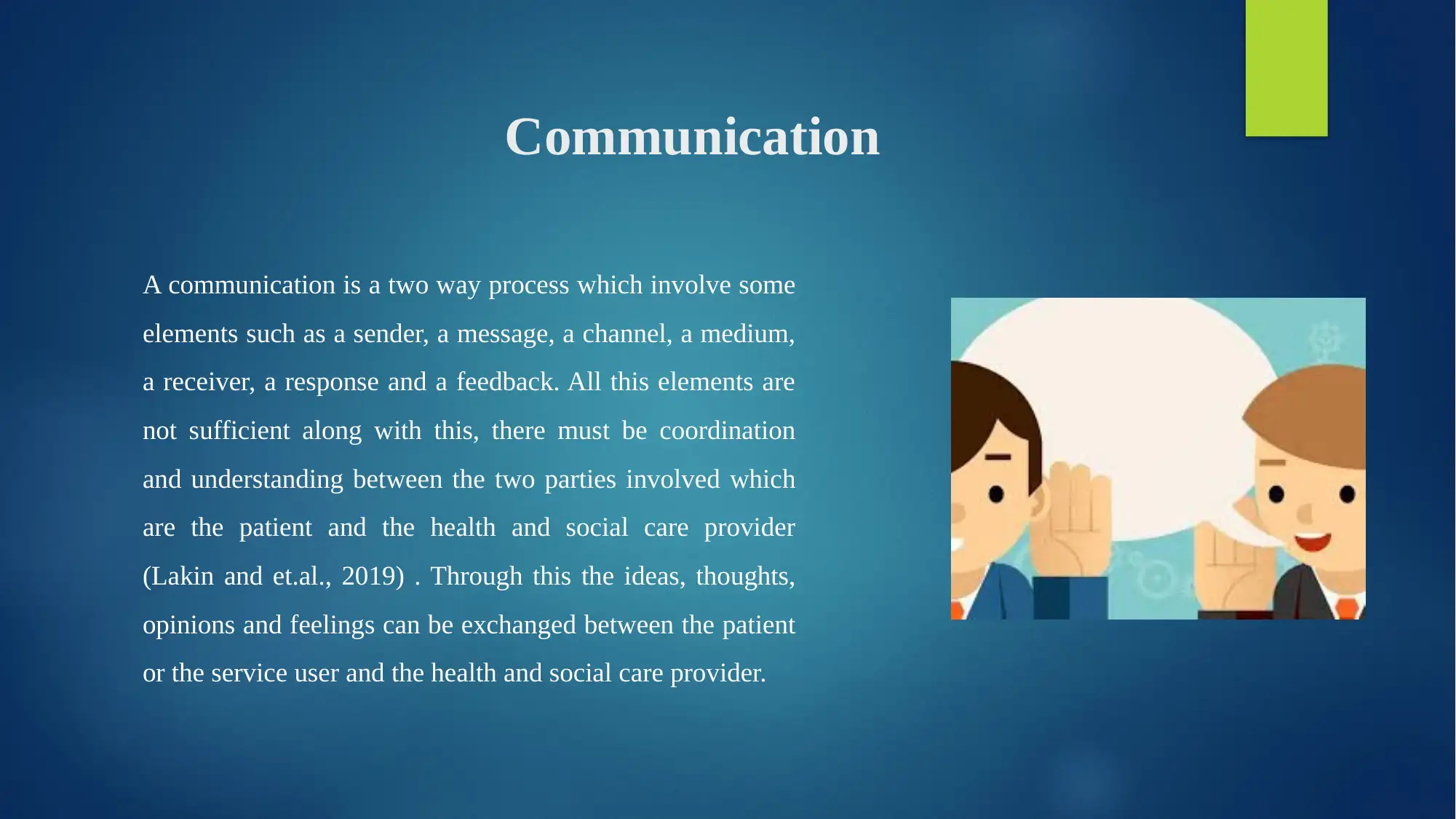
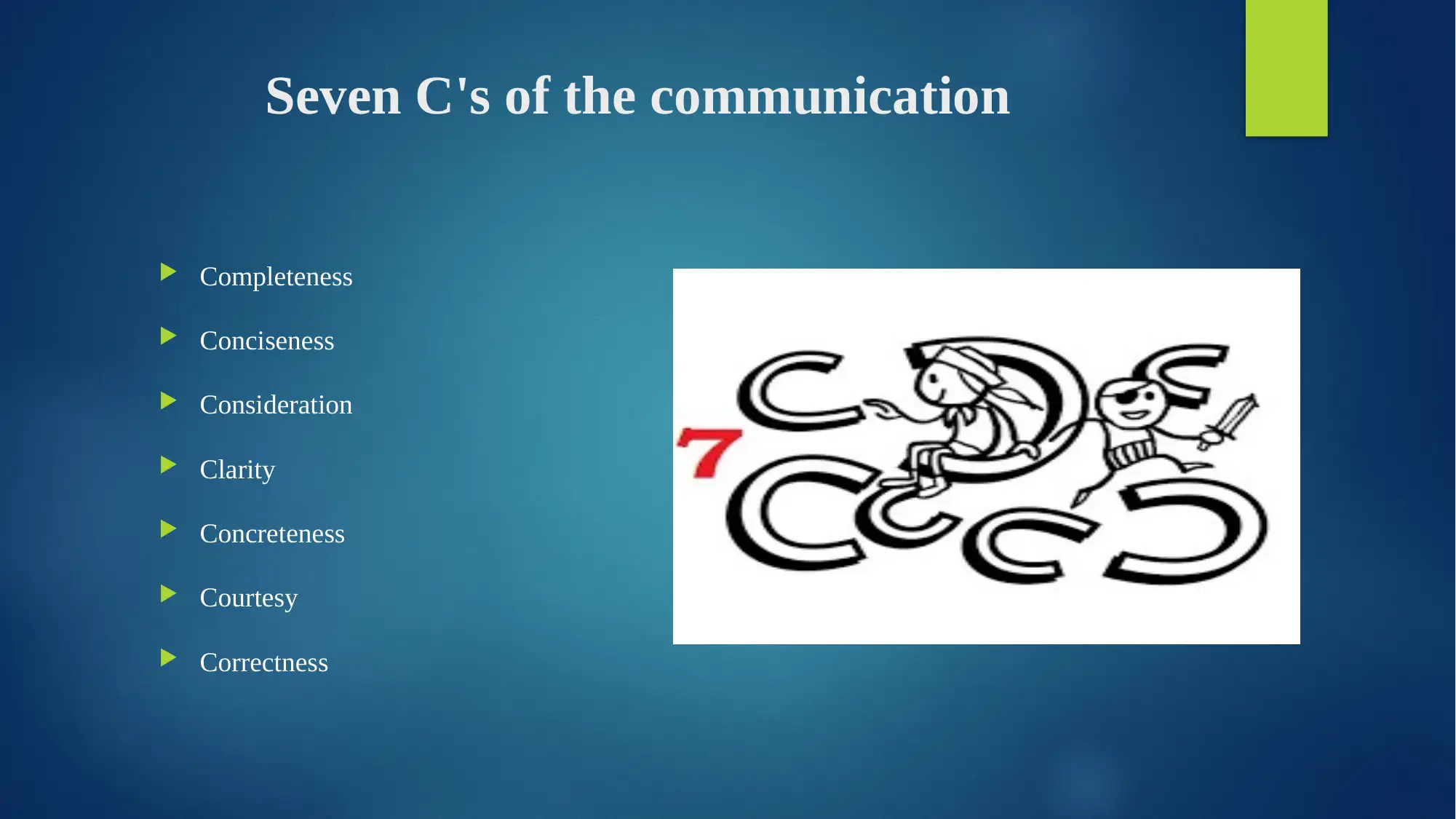
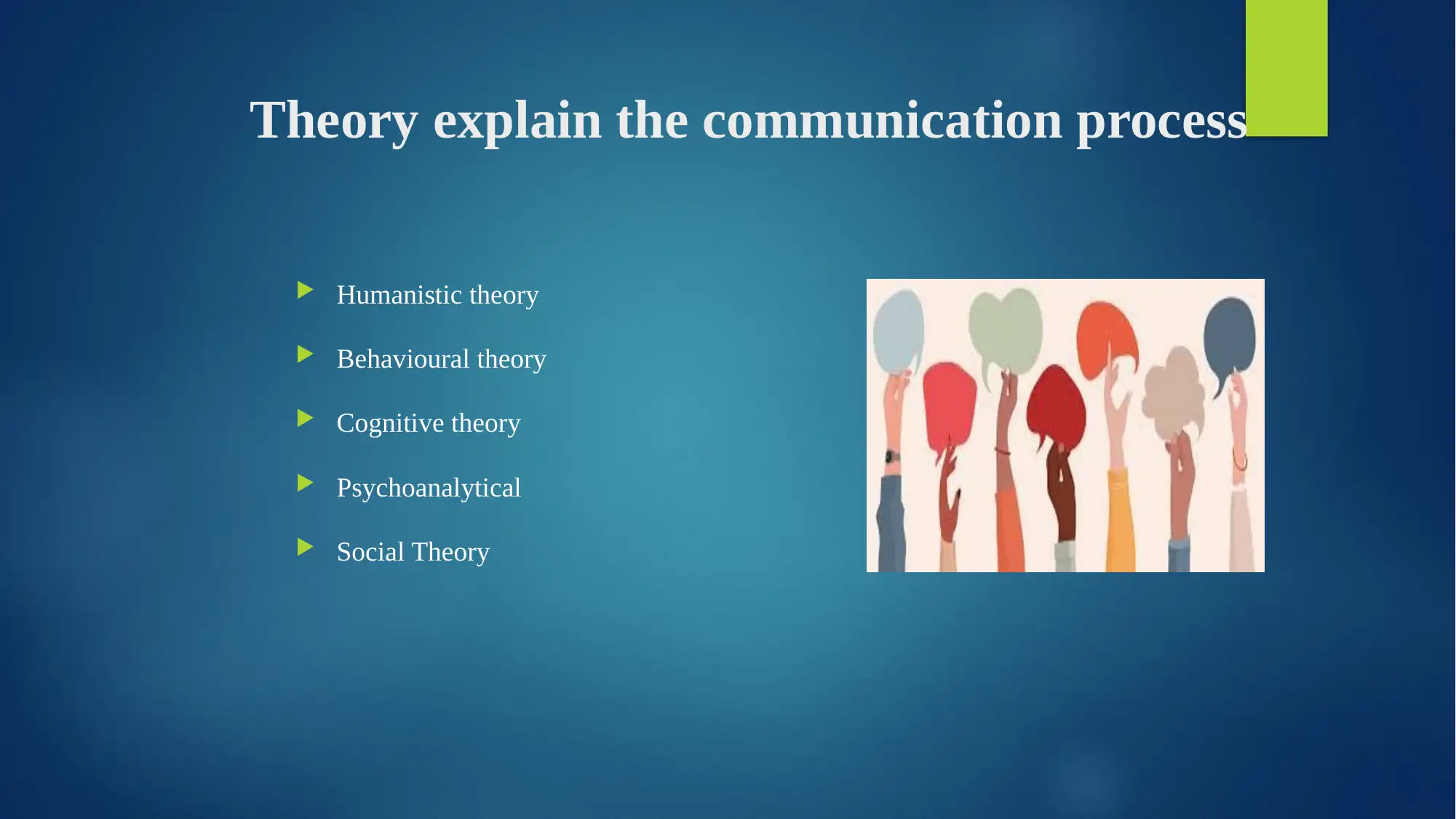
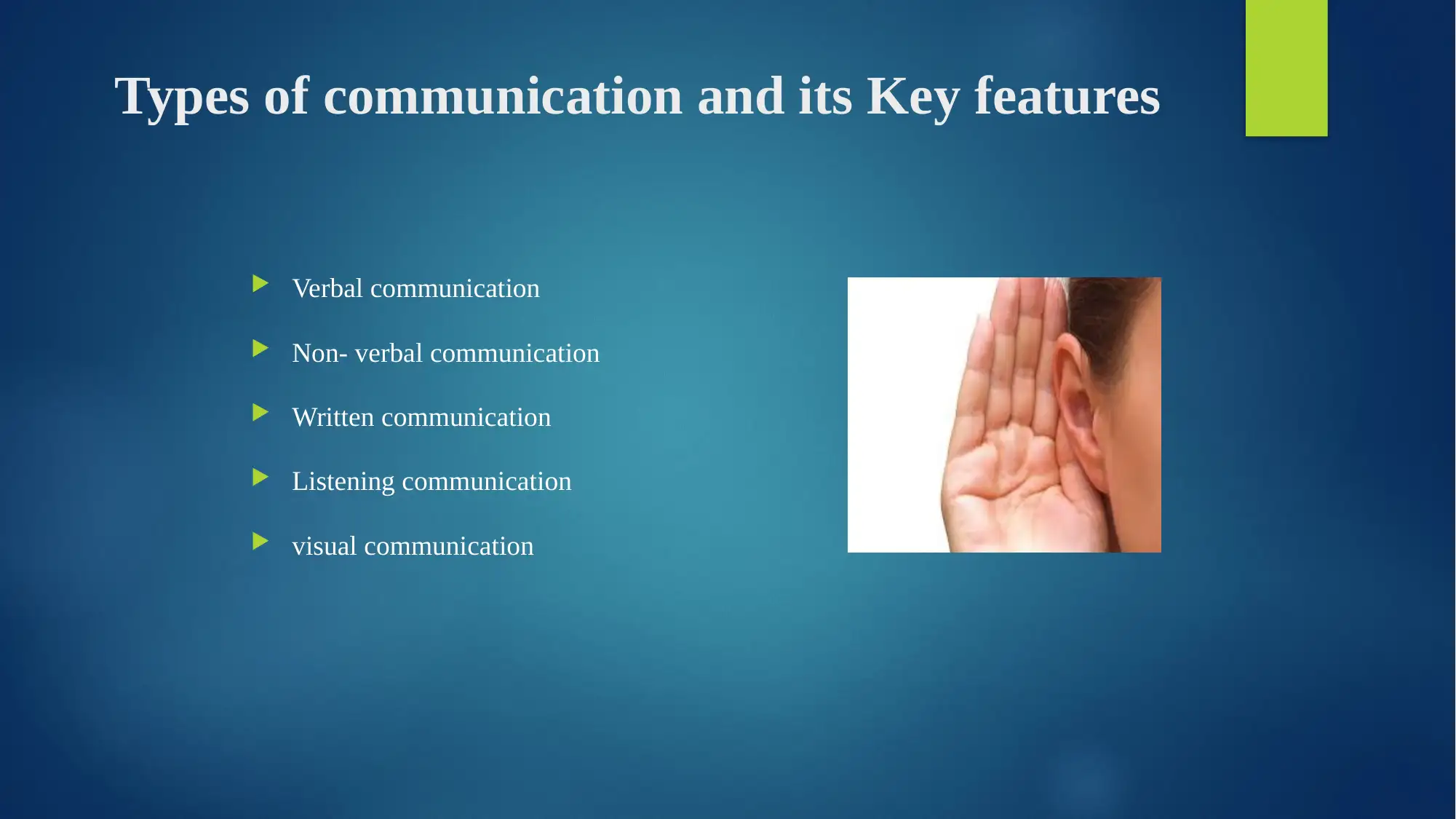
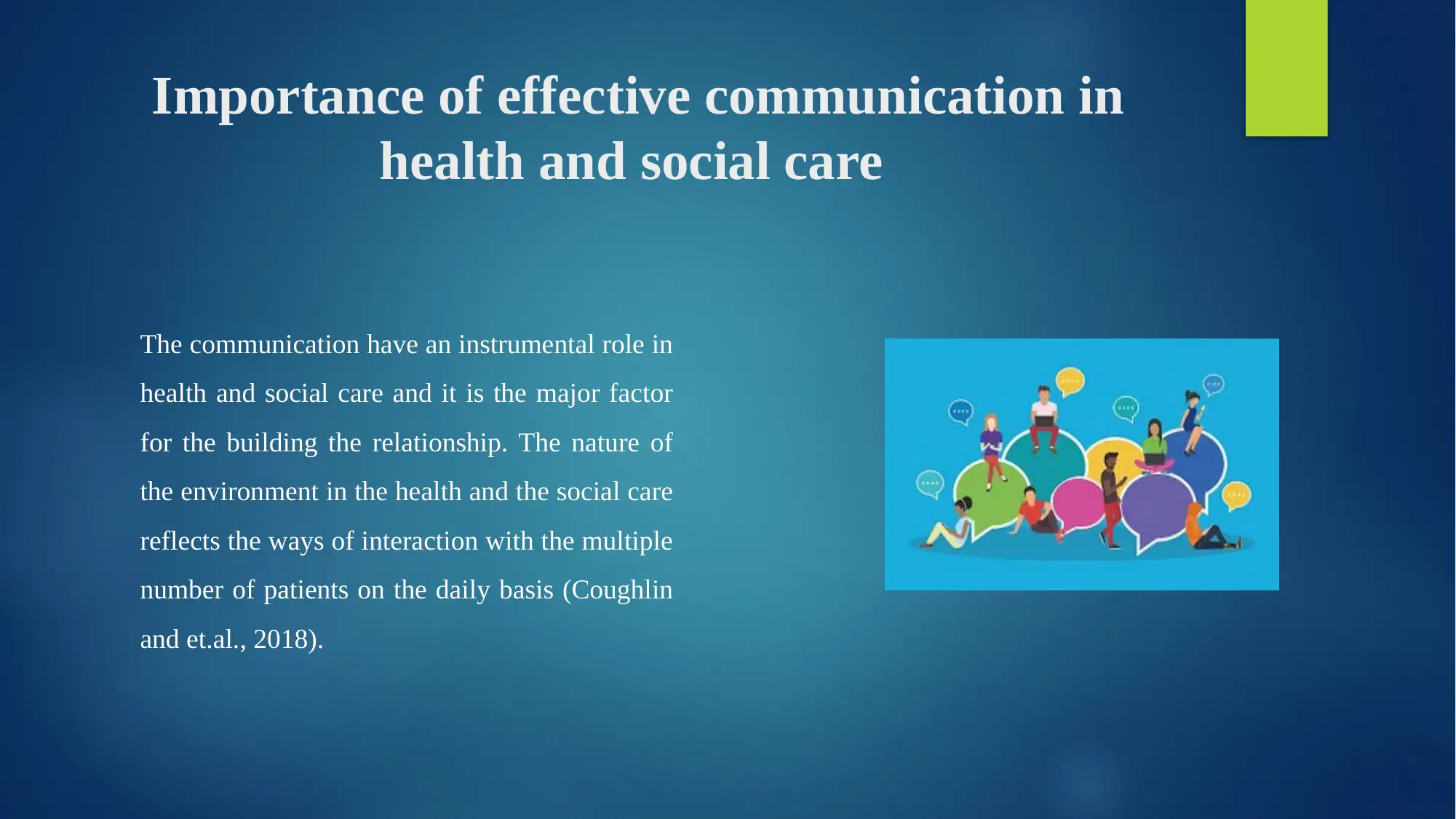
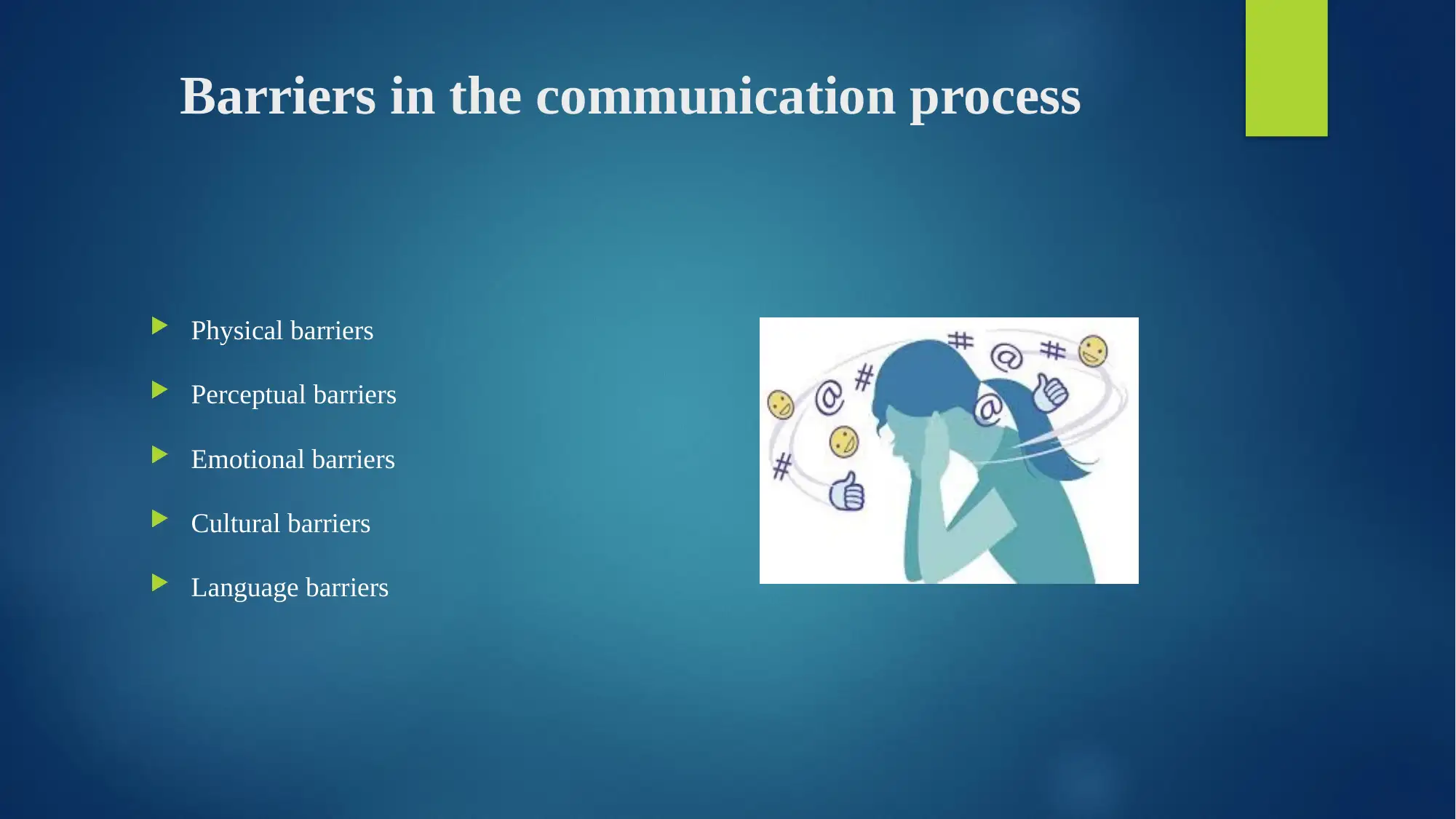
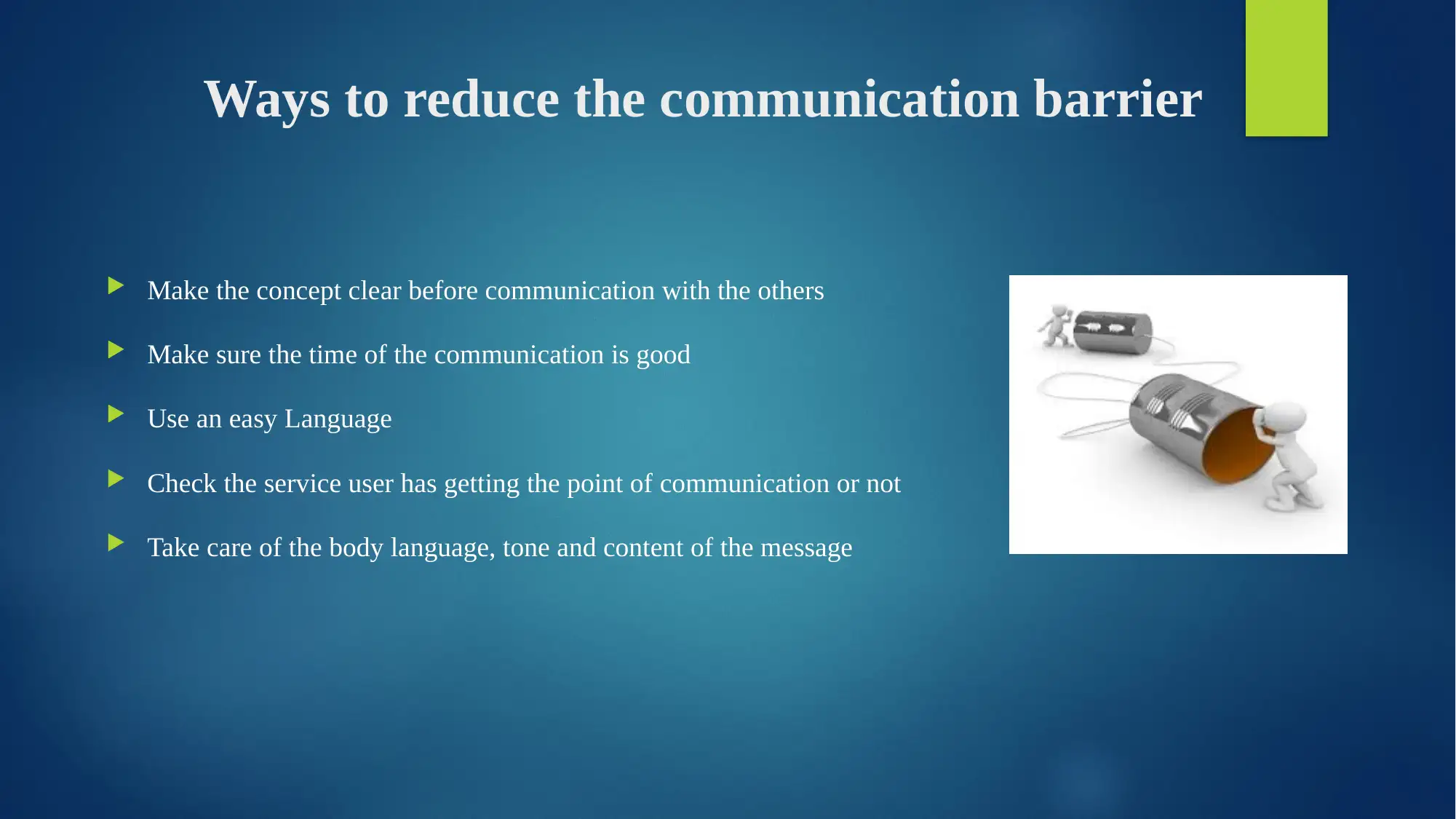
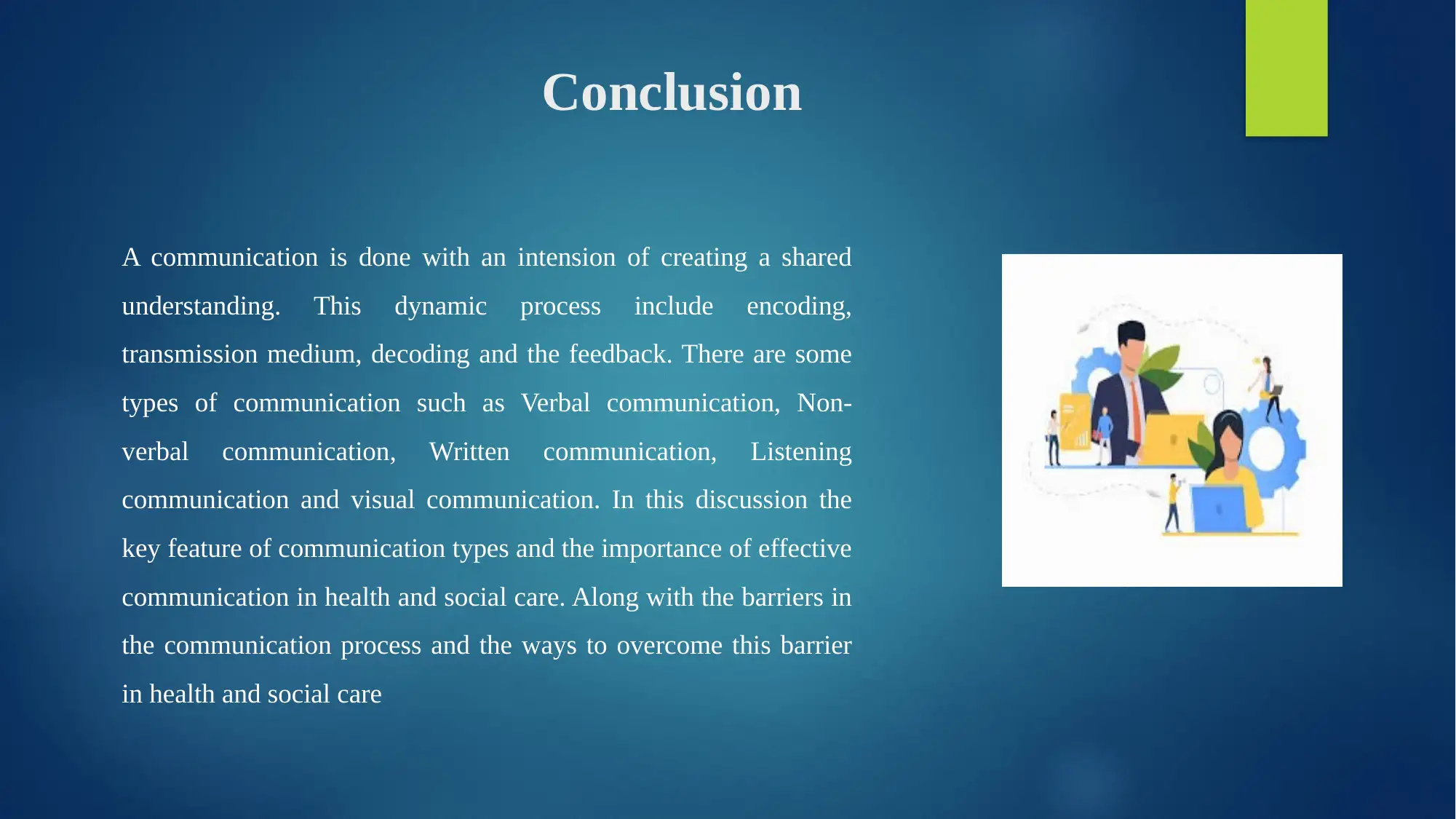
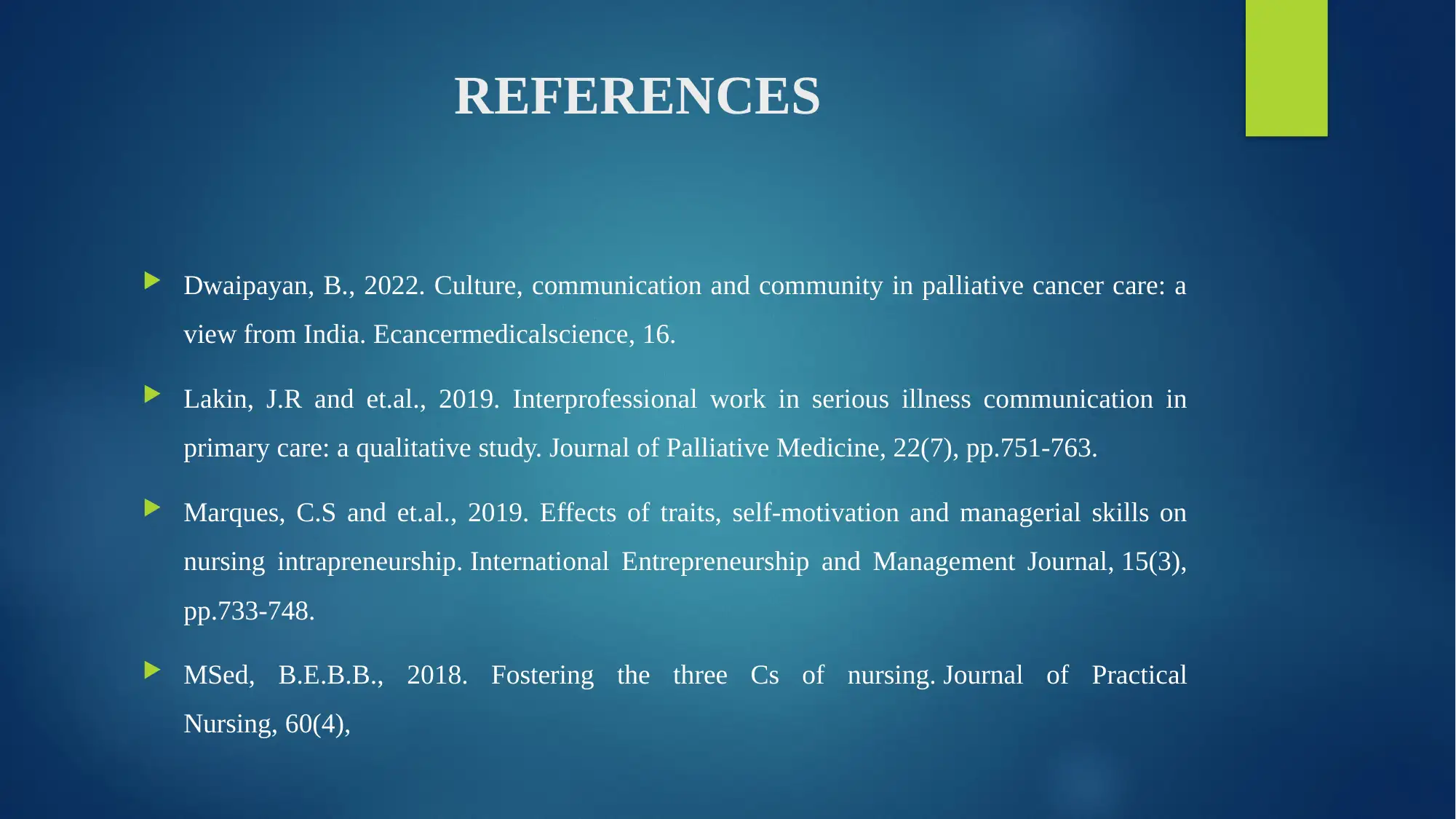






![[object Object]](/_next/static/media/star-bottom.7253800d.svg)